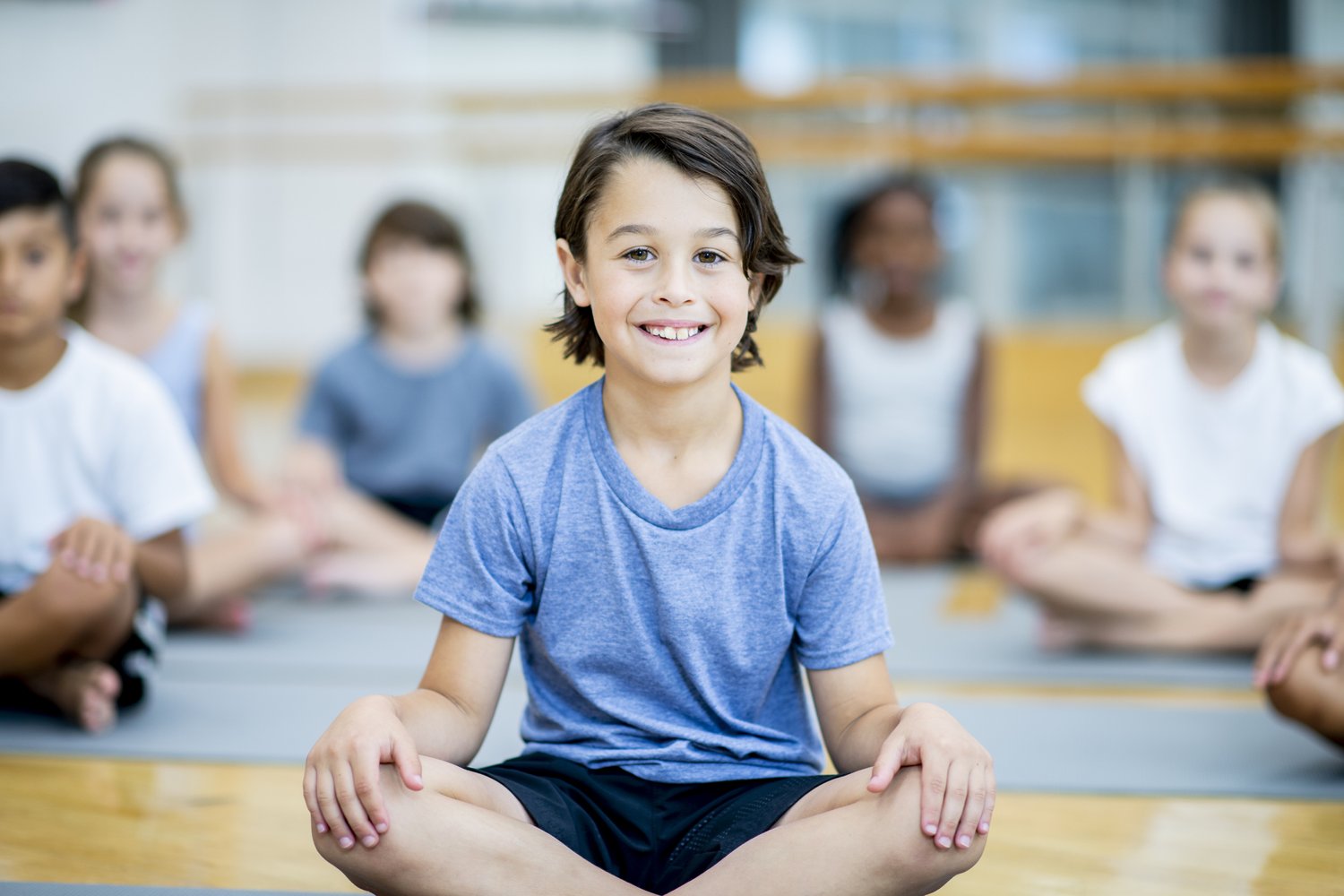
Age isn’t a determining factor for anxiety.
In addition to the estimated 48 million adults who struggle with anxiety disorders every year, approximately 5.8 million children do as well, according to the Centers for Disease Control and Prevention.
However, children often don’t have the ability to verbalize their feelings. For parents, understanding what childhood anxiety looks like can prove to be the biggest challenge in the road to supporting little ones.
What does childhood anxiety look like?
While adults tend to ruminate on anxious thoughts, psychologist Dr. Renee DeBoard-Lucas, co-founder of Trauma Resilience Understanding & Education (TRUE) Center, said that children often show anxiety in “physical ways.”
Rather than verbalize their feelings, “really young and school-age kids are more likely to have headaches, stomachaches, trouble sleeping, and other physical concerns,” she said. “You may also see kids and teens avoiding things that may be new, challenging, or make them feel scared.”
They may also make comments that allude to anxiety, such as:
-
“My friend said they can’t play. They must be mad at me.”
-
“I’ll never learn how to ride my bike.”
-
“I’m going to fail my test tomorrow.”
Other times, they may seek reassurance by asking questions like, “Are we going to be late?” “Are things going to be OK?” “Are you sure?”
It’s also important to note that in children, anxiety can manifest both alone or alongside other conditions. More than one-third of children who suffer from anxiety also have behavioral problems and about one-third also have depression, according to data from the CDC.
How can meditation help children with anxiety?
A recent study by Calm’s science team found that parents turn to meditation as a way to help their little ones relax, though most – 75% – rely on it to improve sleep.
DeBoard-Lucas said parents can broaden their kids’ usage of meditation, as the practice can “help all kids become more aware of what is happening in their bodies.”
“Increasing awareness of their body and their emotions is a starting point for learning to regulate those emotions,” she continued. “It’s empowering for kids to learn that they can have control over what is happening in their bodies or what they do with their emotions.”
Meditation can also be useful and beneficial for children who are on the autism spectrum, DeBoard-Lucas added.
“Meditation can be a tool for managing situations that are overwhelming or overload their senses,” she said. “Including a space for meditating in the classroom can provide a way to calm down and then rejoin the group.”
How does meditation differ for children?
“Adults tend to think of a practice as something that should be quiet,” DeBoard-Lucas said. “They may be more aware of the outcomes they’re looking for through meditation – relaxation, a calmer mind, [or] increased focus. Meditation for kids is less quiet and is more active.”
Children most likely won’t sit still for long periods of time or always keep their focus. One to two minutes of continuous practice can be viewed as a big win. Practicing with your child can be a good way to further entice them into a practice, and doing it at the same time every day can help integrate it into a daily routine.
“If you have a young kid, have them teach a stuffed animal or doll how to meditate,” DeBoard-Lucas suggested. Kids like being teachers and it helps reinforce their own learning.”
How can I help my child meditate?
Practicing with your child can also be helpful for them. Get comfortable and help ground your child by reminding them that they’re trying to calm their body, DeBoard-Lucas said. Encourage them to feel their feet on the ground, and maybe ask them to close their eyes, particularly whenever they begin to disengage. Don’t hesitate to speak up if you sense that their practice is going awry – and making it fun can help, too. Saying something like, “Oops, your eyes are open! Let’s see who can close them fastest,” is one way to help them recenter, DeBoard-Lucas suggested.
And don’t get discouraged if the practice doesn’t look the way you thought it would; a child is unlikely to sit still for a long period of time – if they are able to sit still at all. “A ‘successful’ meditation practice will likely be shorter and may be more active than we typically think of in meditation for adults,” DeBoard said.
What does that mean? DeBoard-Lucas shared some additional tips for encouraging children to meditate and practice deep breathing, including asking them to:
Most importantly, DeBoard-Lucas said, have patience.
“You’re not going to see an overnight change in calming abilities,” she noted. “It’s a ‘practice’ for a reason.”